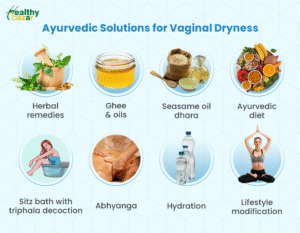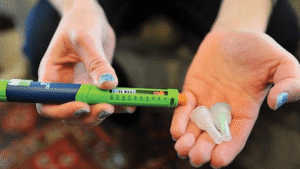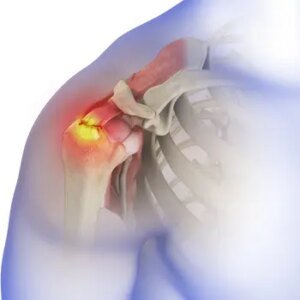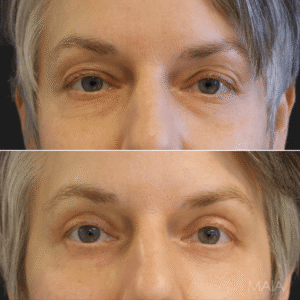Penile Implant, Erection, and Surgery Considerations
Penile Implants: A Comprehensive Guide to Erection and Surgical Considerations
Read Time: 15 mins
Understanding Penile Implants and Erectile Dysfunction Solutions
A penile implant is a surgically implanted device designed to help individuals with erectile dysfunction (ED) achieve an erection. There are two main types of implants: inflatable and malleable rods. Both options are FDA-approved and come in various sizes and materials to suit different needs. Although penile implants can effectively address ED, they do come with risks, including infection, persistent pain, penile deformity, and the need for additional surgeries.
Key Considerations for Penile Implant Surgery
This article explores the potential benefits and risks associated with penile implant surgery, detailing the available types of implants and their functionality. It also discusses alternative solutions to penile implants for those suffering from severe ED.
Other Medical Reasons for a Penile Implant
Erectile dysfunction is not the only reason someone may need a penile implant. Additional reasons include:
-
Treatment of advanced Peyronie’s disease
-
Gender-affirming surgery in combination with phalloplasty for transgender individuals
-
Repair of a traumatic penile injury, such as a penile fracture
The Prevalence of Erectile Dysfunction
Erectile dysfunction affects about one in four individuals with penises in the United States. Penile implant surgery is typically considered when all conservative treatment options have failed.
Benefits of Penile Implant Surgery
Penile implant surgery is becoming an increasingly popular solution for ED, particularly in the United States, where a significant number of procedures are performed annually. Some of the key benefits include:
-
Ability to achieve an erection on demand
-
Reduced sexual performance anxiety
-
Ease of use and maintenance
-
High satisfaction rates (over 80% in some studies)
-
Avoidance of the side effects associated with ED medications
-
Low rates of surgical failure
-
Short procedure time (typically under 90 minutes)
-
Minimal postoperative complications (less than 0.1% for first-time surgeries)
-
Coverage by Medicare and many private insurance plans when medically necessary
Potential Drawbacks of Penile Implant Surgery
Like all surgical procedures, penile implant surgery carries risks. Success rates can vary, and while complications are rare, they can be severe. Some of the drawbacks include:
-
High out-of-pocket costs, ranging from $10,000 to $20,000 without insurance
-
High co-pays or coinsurance, even with insurance
-
Risk of insurance denial (up to 48% according to some studies)
-
No improvement in penile sensitivity
-
No guaranteed increase in penis size or girth
-
A 6% to 13% chance of needing repeat surgery due to device failure or other complications
-
Higher risk of complications with revision surgeries, including infections (7%) and non-infectious issues (22%)
-
Surgical errors, such as oversized implants leading to pain or damage to surrounding tissues
Do Penile Implants Increase Penis Size?
Although some individuals seek penile implants for aesthetic purposes, the surgery is not designed to increase penis size. In fact, the healing process can sometimes result in a slight shortening of the penis due to tissue contraction. While inflatable implants can increase girth, using an overly large device may lead to pain, tissue damage, and the need for revision surgery.
Understanding Penis Enlargement Treatments
Penile implants are not intended for penis enlargement. They focus on restoring erectile function rather than increasing penis length.
Types of Penile Implants
The FDA approves various devices for penile implant surgery, generally categorized into two types: malleable prosthetics and inflatable implants.
-
Malleable Prosthetics: These were among the first devices used in penile implant surgery, dating back to the 1960s. They consist of rods that can be bent upward for an erection and downward when not in use. There are two main types:
-
Soft implants made of malleable silicone
-
Semirigid implants with coiled metal rods covered in silicone
-
Malleable implants are durable and tend to last longer than inflatable implants, as they have fewer moving parts. However, they may cause discomfort, and the penis is always somewhat rigid, making them difficult to conceal under clothing. In addition, rubbing against the urethra can lead to tissue erosion.
-
Inflatable Implants: A more modern solution, inflatable implants consist of silicone cylinders implanted into the penis and filled with saline to create an erection. The cylinders are connected to a pump placed in the scrotum. A reservoir holds the saline fluid, which can be released to return the penis to a flaccid state. These implants are considered the gold standard in penile implant surgery, offering a more natural erection and lower risk of infection than malleable implants.
Preoperative and Postoperative Care
Penile implant surgery requires thorough preoperative preparation to ensure the best outcomes. Candidates for surgery must undergo a comprehensive assessment to determine whether they are suitable for the procedure. Certain conditions, such as unresolved urinary tract issues or active infections, must be addressed before proceeding with surgery. Factors such as previous pelvic surgeries may influence the placement of the saline reservoir in an inflatable implant.
Before surgery, patients should also be informed about the expected outcomes, risks, and limitations of the procedure. Smokers are advised to quit smoking before surgery, as smoking can impede healing and increase the risk of infection. Individuals with diabetes should manage their blood sugar levels to minimize surgical complications.
Recovery After Penile Implant Surgery
Postoperative recovery varies, but most patients can expect a relatively quick recovery. The procedure typically lasts less than 90 minutes, and the risk of complications is low, especially for first-time surgeries. However, patients should follow all aftercare instructions to ensure optimal healing.
Key Takeaways
-
Penile implants are an effective solution for erectile dysfunction, particularly when other treatments fail.
-
There are two main types of implants: malleable prosthetics and inflatable implants, each with its own set of benefits and drawbacks.
-
Preoperative preparation and postoperative care are crucial to the success of the procedure.
-
While penile implants can restore erectile function, they are not designed to increase penis size or sensitivity.
Contact Your Medical Team if You Experience Any of the Following Symptoms:
-
Severe fever with chills
-
Increased swelling, pain, redness, or warmth at the surgical site
-
White or yellow discharge from the wound
-
Wound opening (wound dehiscence)
Expert Tips
-
Consider seasonal variations to maintain interest in your treatment options.
-
Speak with your healthcare provider about the best options for your specific condition.
Join Our Community for More Insights
For more information on penile implants and other medical treatments, subscribe to our newsletter for expert advice and updates.















